Introduction :-
ECS (Elastic Container Service) is a powerful and highly scalable container orchestration service offered by Amazon Web Services (AWS). As
containerization gains popularity in the world of application deployment, ECS provides a robust platform for managing, scaling, and deploying containerized applications. In this article, we will explore the key features, benefits, and use cases of ECS, shedding light on its significance in modern application development and deployment.
Key Features of ECS :-
- Task Definition: Defining and configuring containers in a task.
- Service Definition: Scaling and load balancing containers with services.
- Cluster Management: Efficiently managing clusters of EC2 instances.
- Integration with AWS Services: Leveraging other AWS services like VPC, IAM, CloudWatch, etc.
- Task Placement Strategies: Controlling how tasks are distributed across instances.
- Integration with AWS Fargate: A serverless compute engine for containers.
Benefits of ECS :-
- Scalability and Auto Scaling: Easily scale containerized applications based on demand.
- High Availability and Fault Tolerance: Ensure application availability even in the face of failures.
- Cost Optimization: Efficient resource utilization and cost management.
- Integration with AWS Services: Seamlessly integrate with other AWS services for enhanced functionality.
- Security and Compliance: Implementing secure and compliant containerized environments.
Use Cases: –
- Microservices Architecture: Building and managing microservices-based applications.
- Batch Processing and Data Pipelines: Running containerized jobs for data processing.
- Web Applications: Deploying and scaling web applications using ECS.
- DevOps Workflows: Streamlining CI/CD pipelines with ECS.
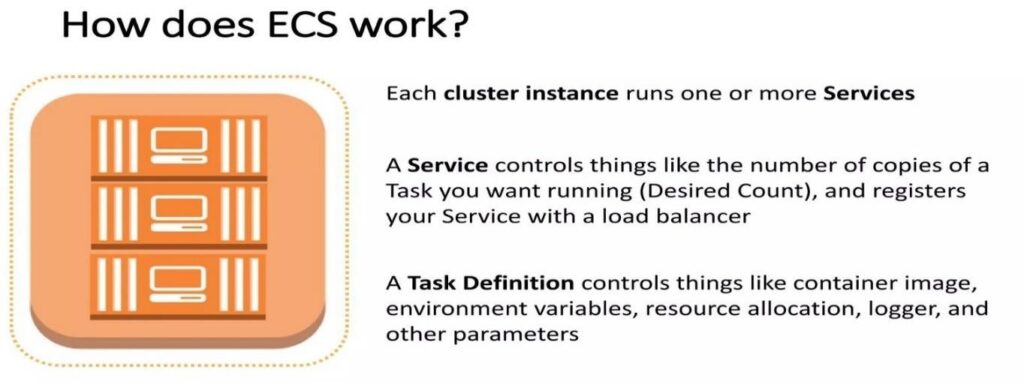
Overview of ECS Cluster: –
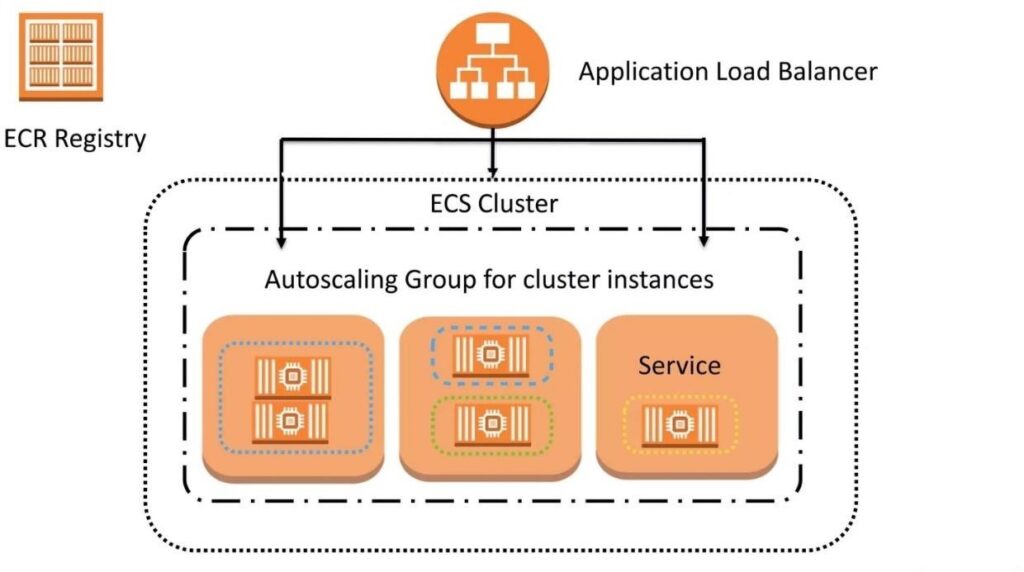
EXAMPLE: –
To better understand the working flow of an AWS ECS, we are going to write and deploy an application in an ECS Cluster. To accomplish this, we will need to create a few things:
Dockerfile :-
- Text file that contains instructions for building a Docker image.
- Defines the steps required to create a containerized application environment.
- Written in a simple, human-readable format.
- Includes commands like FROM, RUN, COPY, EXPOSE, CMD, and more.
Docker Image :-
- Contains everything needed to run an application, including the code, runtime, libraries, and system tools.
- Can be stored and distributed through Docker registries like Amazon ECR or Docker Hub.
- First, create a Docker image by using the Dockerfile
- Create a Dockerfile
- Build a Docker image by using the following command in conjunction with the Dockerfile
- docker build -t <image name> .
- Run a docker image by using the command
- Docker run -it <docker image name>
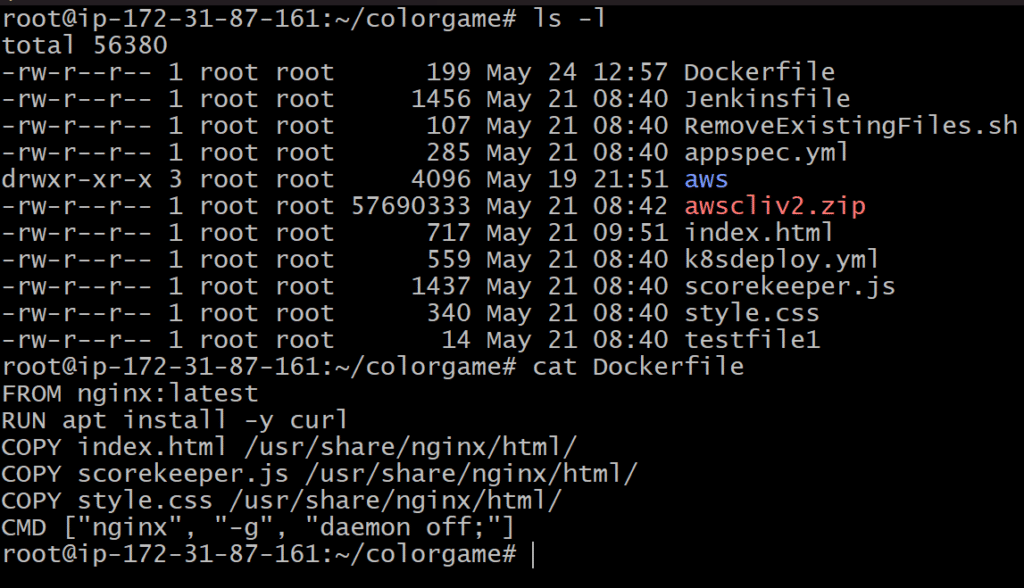
- Create an Amazon ECR Repository
Amazon Elastic Container Registry (Amazon ECR) is a fully managed Docker container registry service provided by AWS. It allows you to store, manage, and deploy Docker container images. Amazon ECR is tightly integrated with other AWS services such as ECS, Elastic Kubernetes Service (EKS), and AWS Identity and Access Management (IAM), making it easier to build, store, and run containerized applications on AWS.
Image Storage: Amazon ECR provides a secure and scalable storage solution for your Docker container images. You can push your images to an ECR repository and easily manage their lifecycle.
Access Control: ECR integrates with AWS IAM to manage access control for your repositories. You can define fine-grained permissions and policies to control who can push, pull, and manage the container images.
Image Lifecycle Management: Amazon ECR supports image lifecycle policies, allowing you to define rules for automatically cleaning up old or unused images. This helps you optimize storage usage and maintain a clean image repository.
- Create a ECR Repository to store Docker images
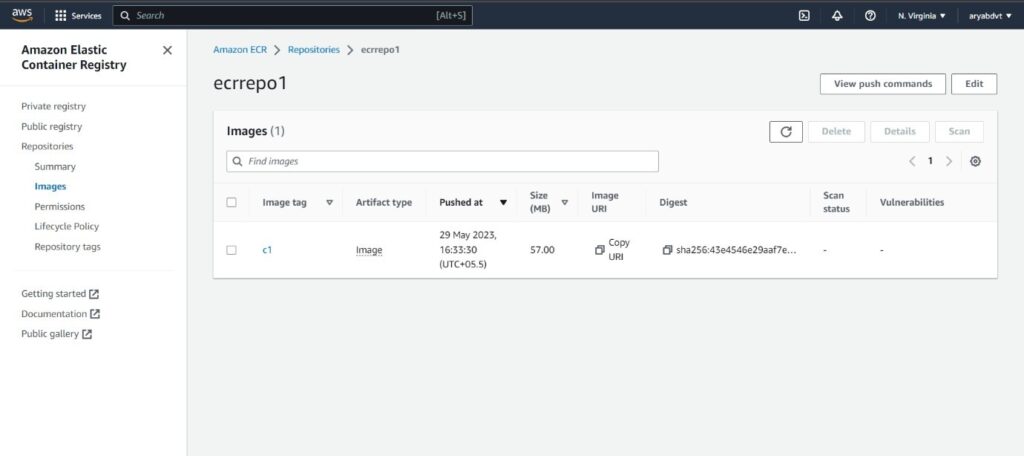
- Push the Docker image into Amazon ECR
For reference use the Amazon ECR push commands:
- Login to Amazon ECR from CLI (To login to Amazon ECR from CLI, you need permissions. This is achieved by attaching an IAM role with required policies)
- Build the docker image
- Tag the docker image with the customized ECR Repo
- Push the Docker image into Amazon ECR

- Create an IAM Role on behalf of ECS.
IAM roles in AWS are entities that define a set of permissions and policies for AWS resources. IAM roles allow you to grant temporary access to users, applications, or services, instead of relying on long- term access keys for IAM users.
IAM policies in AWS define permissions and access controls for users, groups, and roles within your AWS account. An IAM policy is a JSON document that specifies the actions allowed or denied on AWS resources and the conditions under which those actions are allowed or denied.
These following are the permissions required for ECS in an IAM roleRole ecs:CreateCluster: Allows creating an ECS cluster.
ecs:RegisterTaskDefinition: Permits registering a task definition with ECS. ecs:RunTask: Enables running tasks within a cluster.
ecs:CreateService: Allows creating an ECS service within a cluster. ecs:DescribeTasks: Permits describing tasks and their details.
ecs:DescribeServices: Enables describing ECS services and their details. ecs:UpdateService: Allows updating an existing ECS service.
ecs:DeleteService: Permits deleting an ECS service. ecs:StopTask: Enables stopping a running task.
ecs:ListTasks: Permits listing tasks within a cluster.
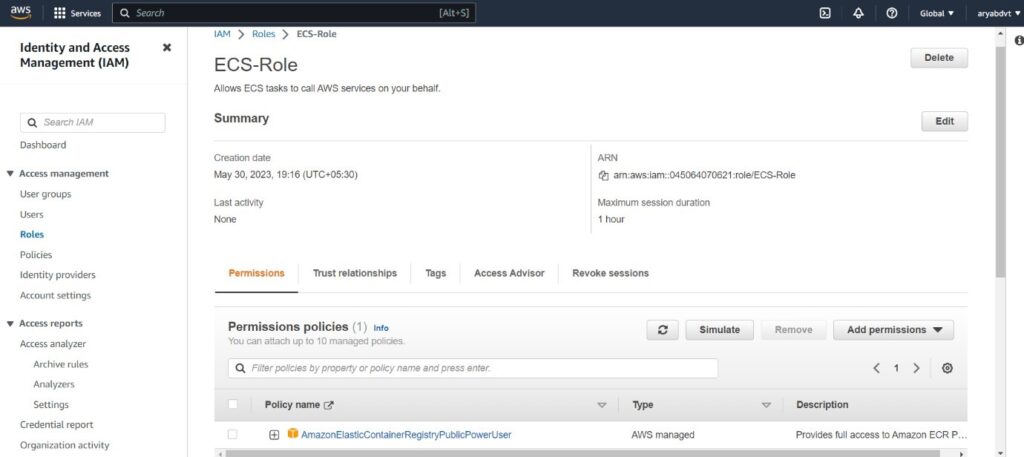
- Create a ECS Cluster (Either manually with EC2 servers or via Fargate)
An ECS cluster is a logical grouping of resources that allow you to deploy and manage containerized applications. It provides a scalable and efficient environment for running containers on AWS.
An ECS cluster can be configured to use EC2 instances as the underlying compute resources. This allows you to run and manage containers on your own EC2 instances.
With Fargate, an ECS cluster is still used as a logical grouping of resources, but it operates slightly differently compared to an EC2-based cluster.
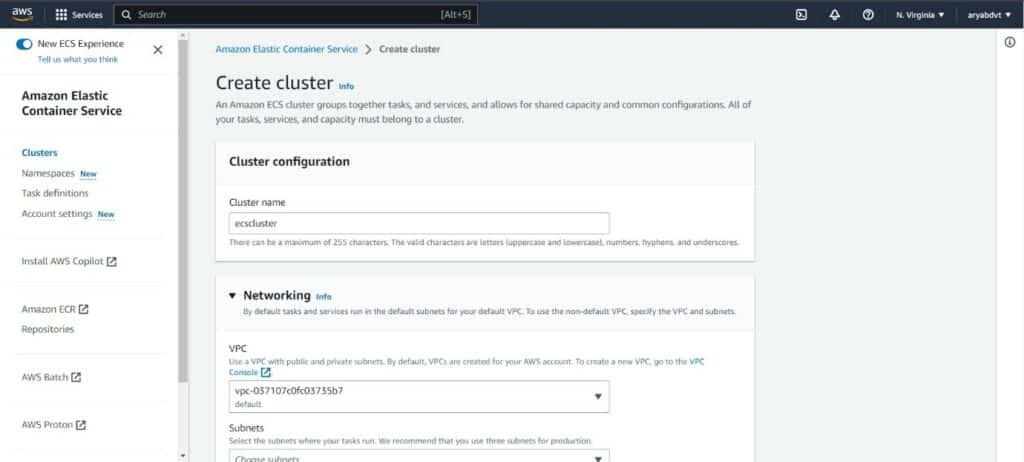
- Create a Task Definition
A task definition is a JSON document that describes how a set of containers should be run as part of an ECS task. It serves as a blueprint for creating and launching tasks within an ECS cluster
Once you have defined a task using a task definition, you can create tasks based on that definition within an ECS cluster. Tasks can be launched and
managed as individual instances or as part of an ECS service. The task definition remains immutable, and any updates to the task definition require creating a new revision.
Task definitions in ECS provide flexibility and control over how containers are configured and launched within your cluster. They allow you to define the parameters and settings necessary for running containers in a consistent and reproducible manner.
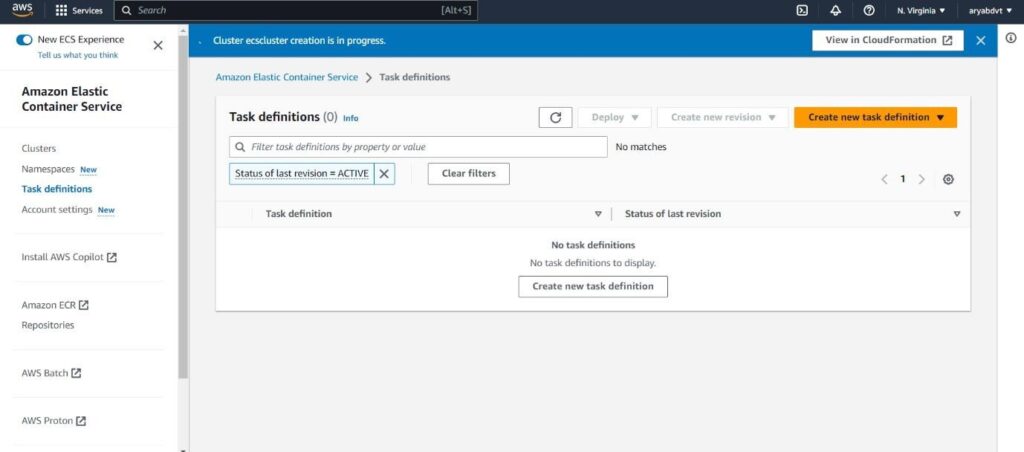
This is the sample code for creating the Task definition

7. Deploy the Task Definition into the cluster
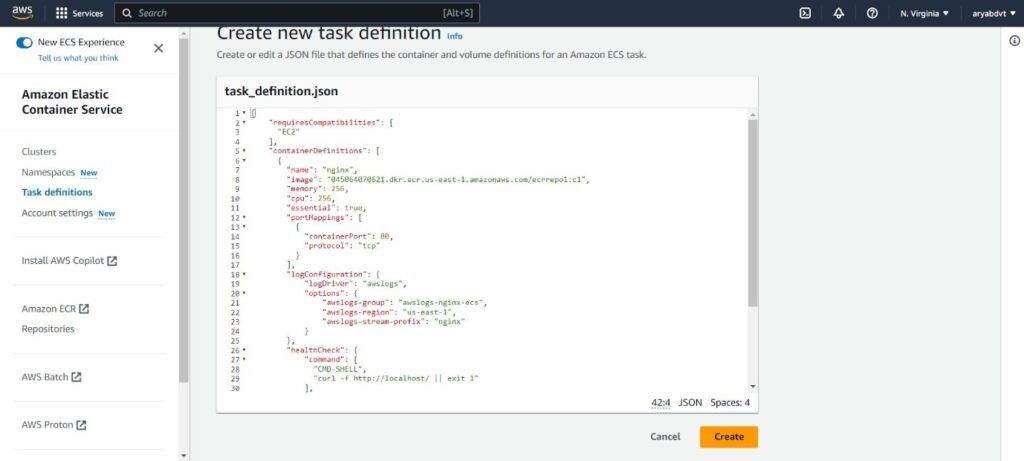
- Create a service in a cluster with help of ALB (Application Load Balancer) and Target Groups
A service in ECS manages the long-running execution of tasks and ensures the desired number of tasks are running and maintained within an ECS cluster.
Services can be associated with an ALB to distribute incoming traffic among tasks.

- Access application by using ALB DNS :-
By using ALB DNS address we can access our application
Create a Record in Hosted Zone to provide access to your application.

CONCLUSION: –
In conclusion, ECS (Elastic Container Service) is a highly efficient and scalable container orchestration service provided by AWS. We have explored the key features and benefits of ECS and why it is a popular choice for deploying and managing containerized applications.
Firstly, ECS offers seamless integration with other AWS services, such as ELB (Elastic Load Balancer), IAM (Identity and Access Management), and CloudWatch. This integration enables developers to architect robust and secure applications while leveraging the full potential of the AWS ecosystem.
Secondly, ECS provides a flexible and scalable environment for deploying containers. It supports both EC2 instances and AWS Fargate, allowing users to choose the most suitable compute option based on their specific needs. This flexibility ensures optimal resource utilization and cost efficiency.
In conclusion, ECS empowers organizations to build and scale containerized applications with ease, while benefiting from the reliability, security, and extensive ecosystem of AWS. By embracing ECS, businesses can unlock new opportunities and drive innovation in the rapidly evolving landscape of cloud computing.